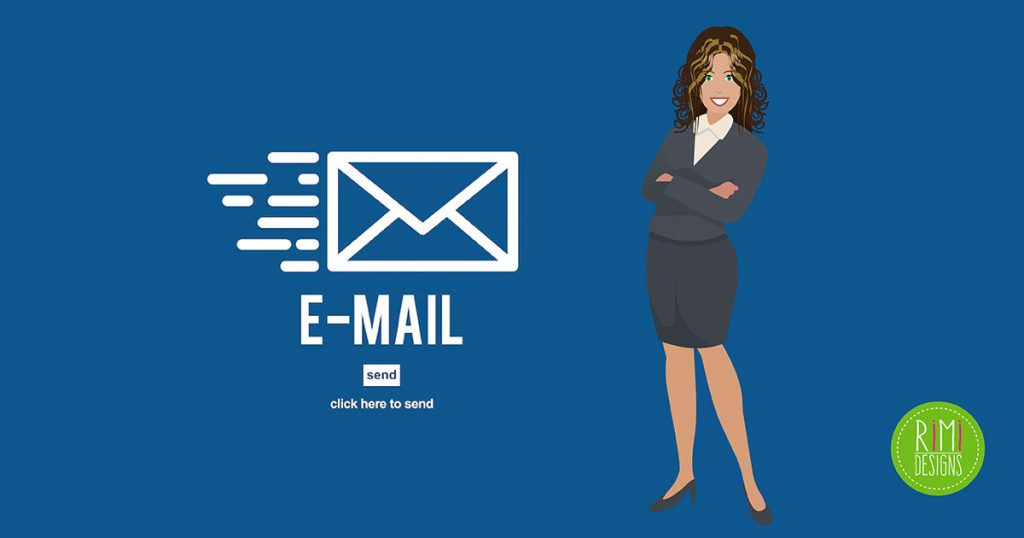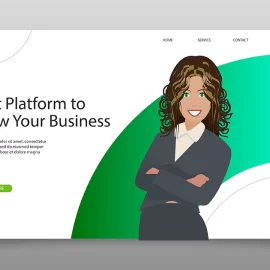
10 Tips for Email Etiquette
Here are 10 tips for best email practices and etiquette. It’s not just about being more polite, it’s about being more efficient and getting the responses you need.
1. Be concise
Do you like getting long emails? No? No one does. A good rule of thumb is to strive to keep emails to one line or less.
If they can’t be that short, challenge yourself to keep them as concise as humanly possible. Your contact is just as likely to be checking the message on a smartphone as on a desktop computer, and shorter is easier to digest, which means you’re more likely to get a response.
2. Communicate “action steps” first, not last
It’s standard practice to begin an email by summarising what happened at a meeting or during a phone conversation, then following on with any “action steps” that emerged. But this makes it easy for the most important information to get lost in the shuffle.
By reversing this order and listing actions steps first and foremost, you keep the attention on the items you want to draw attention to.
3. Number your questions
This is “email 101”. If you’re not doing it already, it should be standard protocol to break out multiple points or questions as numbered items in all email correspondence.
If you don’t, you risk having that client only respond to the first question that happens to catch their eye. And now you have to write another email to ask them about it again.
4. Make the way forward clear
Emails that offer nothing but a “What do you think about X…?” are generally ineffectual. Always be proactive and take the lead in your communications, so that the way forward is completely clear.
If you’re proposing a deal, do a bullet-pointed outline of the parameters from the get-go. If you want to run something by a superior, share your approach and ask them if they agree. They may not, but giving them a starting point, something to react to, is MUCH more likely to get a response, than waiting for someone else to make the first move.
5. Include deadlines
Some people think that handing out deadlines can seem dictatorial. On the contrary, successful busy people welcome a deadline. It helps them integrate the tasks into their schedule.
If a response from them is imperative, politely include a deadline: “For the project to stay on track, I need a response from you by the end of the week.” If a response is optional, communicate that as well: “If I don’t hear back from you by the end of the week, I’ll proceed with the solution I’ve proposed.”
6. Use “FYI” for emails that have no actionable information
Some emails need to be shared to keep everyone in the loop. But non-actionable correspondence should be labeled as such, so that it can be prioritised accordingly.
Use a simple “FYI” tag at the top of all emails that contain information that you are not required to act on. It allows for easy filtering of non-actionable emails, whether by scanning visually or setting up a rule in your email client.
7. Tell them that you’ll get to it later
If someone sends you an urgent email that you can’t get to today (or this week, or this month), write them a quick note to let them know, specifically, when you will get to it. You’ll quell their anxiety and save yourself a future nagging email from them.
It also preserves goodwill, explaining now why you won’t get to something until later is much more effective than apologising later.
8. Use expressive and compelling subject lines
We all skim our inboxes, deciding what to read now and what to read later. The subject line is a key place to indicate importance and time sensitivity, using leaders like “FOR APPROVAL:” or “SCHEDULING REQUEST:” or “FYI:” to indicate what action is or is not needed.
It’s useful to think of subject lines like newspaper (or blog) headlines – they should be expressive and compelling. It’s your prime chance to hook the reader in.
9. Never send an angry or contentious email
Email is a severely limited medium when it comes to conveying tone, which is why angry emails are never a good idea. More often than not, they just create more anxiety and more emails.
Occasionally, writing an angry email can be therapeutic. If this is the case, get it off your chest and then delete the email. When a confrontation is brewing, a conversation in person or on the phone is almost always best. Emails leave too much room for misunderstanding.
10. Never “reply all” (unless you absolutely must)
If you’ve received an email sent to a large group of people, do your best to avoid replying to all when you respond. If that person was qualified to send the email, typically they can be relied on to be the point person who collates the responses.
Keep in mind: If using the “reply all” feature really seems necessary, you are probably having a conversation that would be better (and more efficiently) had face-to-face.
SOURCE: 99U



